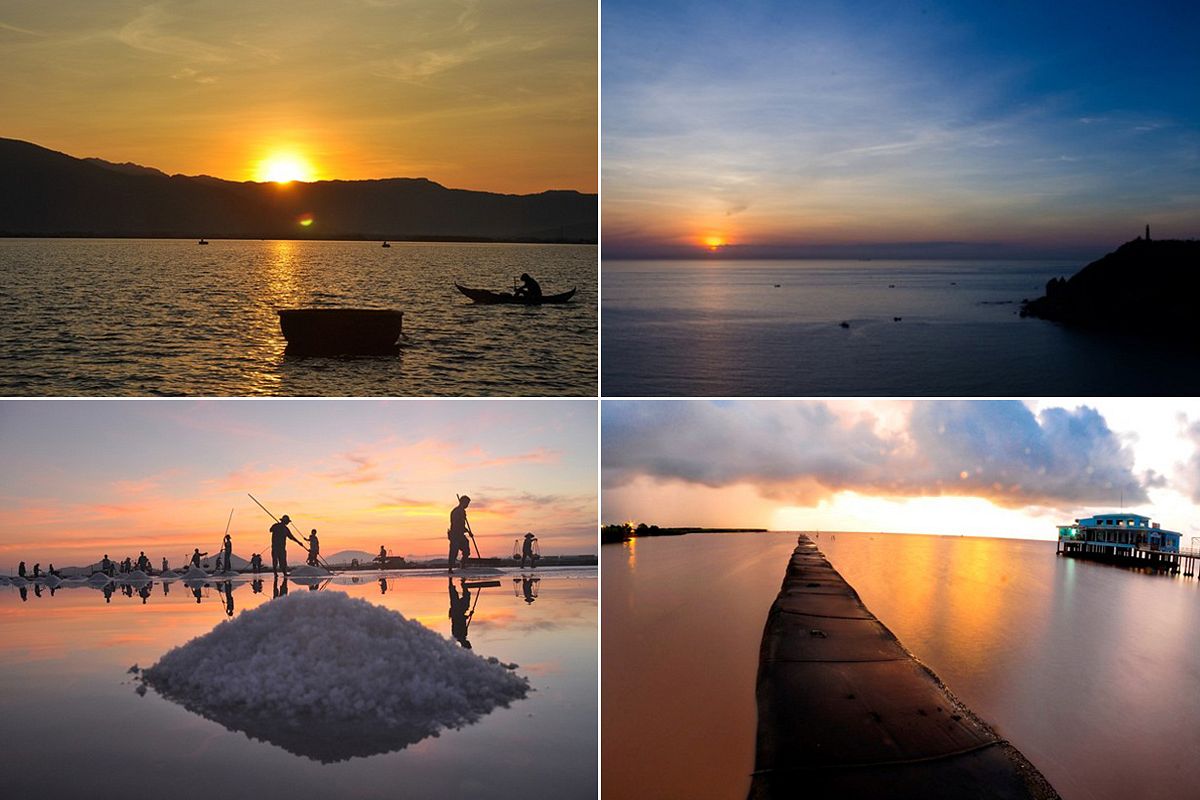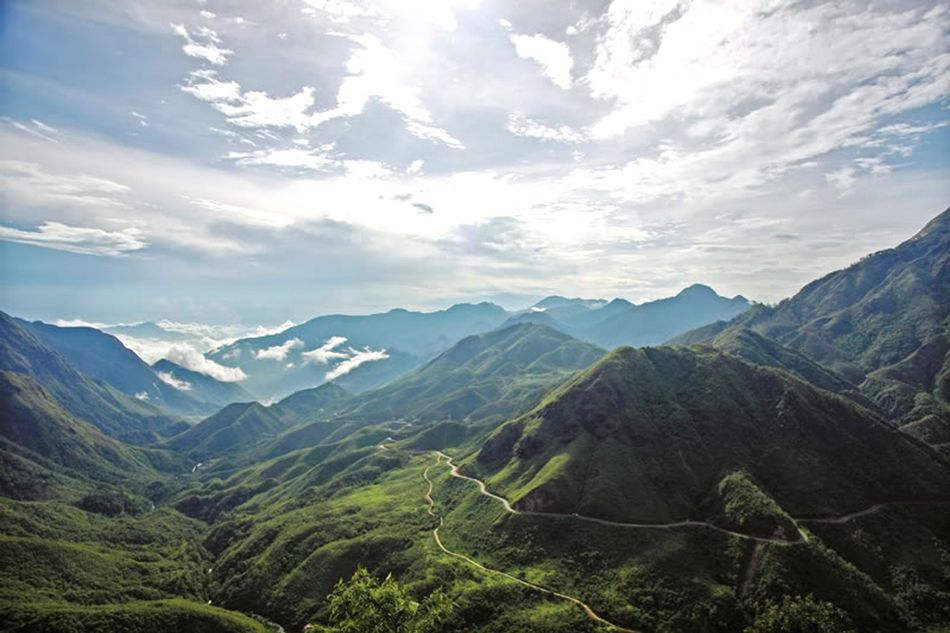Much of Vietnamese culture is based in spiritualism, dictating everything from the day one picks for their wedding to how one lives their life. These 12 spiritual sites, scattered across the country, encompass a multitude of religions and stand out for their scale and historical value.
1. Đền Hùng (The Hùng Kings Temple) (Phú Thọ)

Photo by Aria14.
An architectural dedication to the first kings of ancient Vietnam (Văn Lang), this temple was constructed under the reign of Đinh Tiên Hoàng (924 – 979) and finished to its current state in the 15th century. Located on Nghĩa Lĩnh Mountain, which was within the ancient Phong Châu citadel, Đền Hùng hosts the annual Hùng King remembrance festival on the tenth day of the third lunar month (mùng 10 tháng 3). Attracting thousands of people, this act of worship was recognized as an UNESCO Intangible Cultural Heritage Of Humanity in 2012.
2. Yên Tử Mountain (Quảng Ninh)

Photo by Trungtq.
At 1,068 meters high, this mountain holds numerous temples in the midst of bamboo and pine forests. The temples are the relics of Vietnamese Buddhism founded by King Trần Nhân Tông who combined the three different Buddhist denominations of ancient Vietnam.
3. Bái Đính Pagoda (Ninh Bình)

Photo by Tamcocbackpackerhostels.
Bái Đính Pagoda holds the most records for a pagoda in Vietnam such as the biggest pagoda in Vietnam, the biggest bronze statue of Buddha in Asia, the longest corridor of 500 Arhat statues in Asia and the biggest complex of pagodas in Southeast Asia. The complex consists of the original Bái Đính Pagoda and a newer addition built in 2003. The Pagoda is not only known for the religious and cultural significance of the Lýs reign, but also the breathtaking surrounding landscapes of forests, caves, valleys and lakes.
4. Phát Diệm Cathedral (Ninh Bình)

Photo by Hệ Trần Văn.
Ninh Bình Province is not only the home to Vietnam’s biggest pagoda, but also one of Vietnam’s most beautiful Catholic Cathedrals, Phát Diệm. Phát Diệm consists of 1 main cathedral and 5 churches; one of which is built with solely of stone. Phát Diệm Cathedral is often said to resemble a pagoda more than European style churches. Its architecture is meant to represent the union of Western and traditional elements as well as religious values.
5. Chùa Hương (Hương Pagoda/Perfume Pagoda) (Hà Tây)

Photo by Andrew Sampson.
Hương Pagoda is a complex of pagodas, temples and shrines of Hương Sơn (Hương Mountain) in Hà Tây province. Hương pagoda is built into the sides of limestone cliffs and is part of Hương Tích Cave. The cave is located in the center of the complex at the end of the Yến River.
6. Chùa Một Cột (One Pillar Pagoda)(Hà Nội)

Photo by Architecture Of Buddhism.
Chùa Một Cột, a one-of-a-kind pagoda in the middle of the bustling capital was built by King Lý Thái Tông in 1049 on a 4-meter high pillar in a lake covered with lotus flowers. The pagoda was destroyed by the French upon their withdrawal and was rebuilt in 1955. Chùa Một Cột is symbolic for its historic value and architecture.
Check back tomorrow for our final set Vietnamese spiritual sites!














